How to make a floor on a loggia?

By arranging the balcony yourself, you can significantly save money and bring your design ideas to life. First you need to think about how to make the floor on the loggia. Each of the methods of finishing it has its own advantages and disadvantages.

Materials, their pros and cons
A balcony is present in the layout of most modern apartments. However, in old buildings, loggias are often not glazed and not insulated. To turn a room into a living room or make it a separate room, you need to renovate the balcony. This applies not only to changing its visual appearance and changing the interior, but also to laying a new floor.
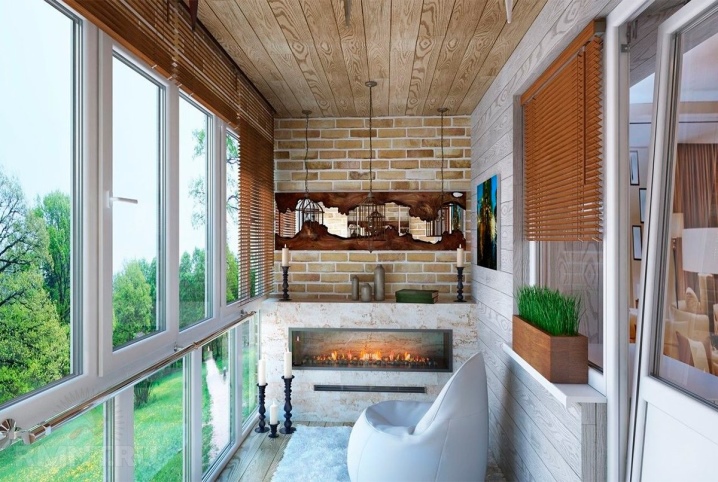
The balcony can be used as an additional room, make a study there, equip a small garden or a summer dining room. In this case, the loggia must be insulated before laying the floor. This can be done in several ways.
The following thermal insulation materials are used:
- Mineral wool. The best option would be basalt.
- Expanded polystyrene. Panel with dimensions 1000x2000 mm.
- Penoplex. Slab size 1200x600x30 mm.
- Penofon. Adhesive tape should be purchased with the material.
- Expanded clay. Used for positioning between lags.
- "Dry screed". A set of backfill and MDF boards, placed as a top layer.
Together with heaters, you need to additionally purchase polyurethane foam and a vapor barrier film (membranes) to remove possible gaps between the blocks.
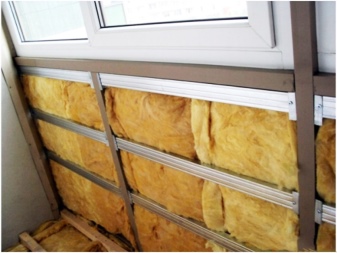
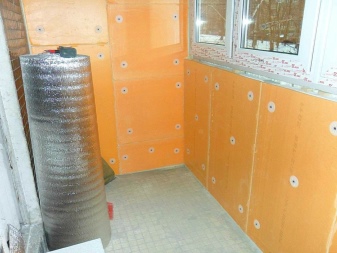
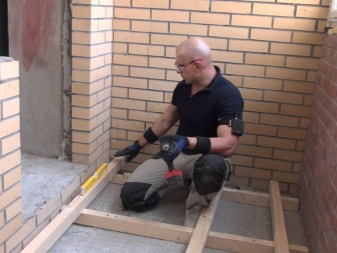

Before installing the floor covering, it is necessary to level the base so that the material lies down better and does not fail ahead of time. For these purposes, plywood is often used: this method is one of the simplest and cheapest. There are also special self-leveling compounds used as a base for self-leveling floors.
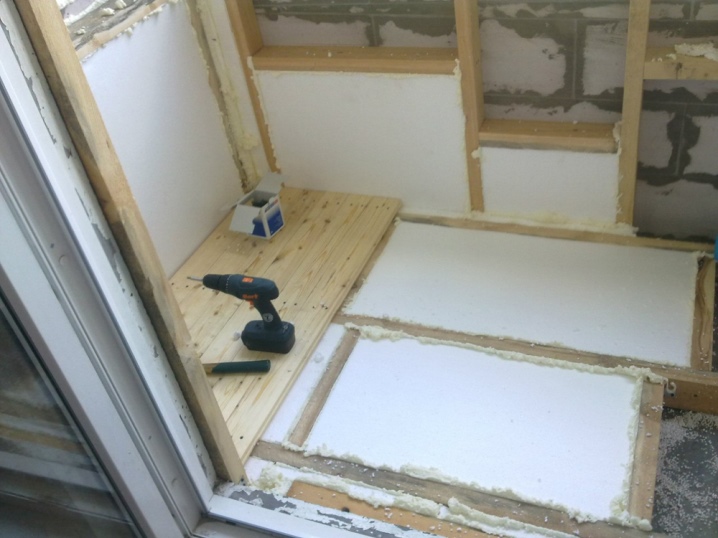
Another option for roughing is screed (sand-cement coating). They are used to stiffen the surface and improve the heat absorption of the floor. A leveling polymer composition is applied to the screed, then the floor is laid. In some cases, it is allowed to make the layer not too even.
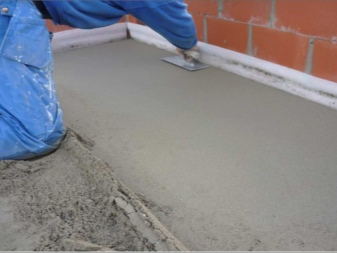
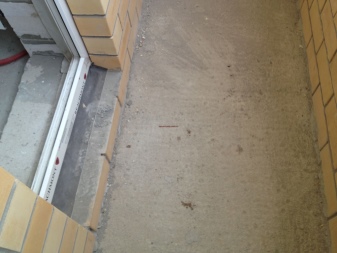
Different materials are used to cover the floor. Let's talk about them in more detail.
Dye
The cheapest option. Suitable for cosmetic repairs when the loggia is not planned to be used as a living space, since in this case the surface is not leveled and insulated. The advantage of painting the floor is the variety of colors and shades, the ease of the procedure.
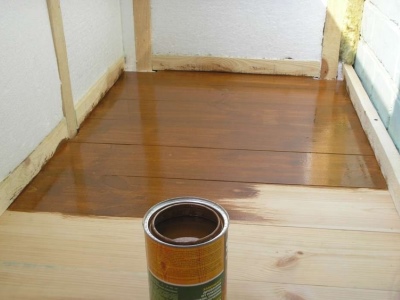
Ceramic tile
The material is resistant to adverse weather conditions: it is not afraid of moisture, as well as snow, wind, sudden temperature changes. Ceramics will look on open and closed balconies. There are several types of tiles. Experts recommend giving preference to materials with a rough surface. It does not slip, no defects remain on it.

Before installing such a floor, the surface must be leveled with a cement compound. If necessary, it will allow you to raise the level of the base. The advantage of the material is the speed of its installation.
Terrace board
Modern type of flooring, characterized by high resistance to external influences and durability. Due to its strength, it is suitable for installation on open balconies.Before installing the terrace boards, the base is raised; to adjust the materials, special fasteners supplied in the kit are used.
A wide variety of colors and textures allows you to choose the material for any design.


Wooden floor
The most common way to finish the floor on a loggia. The wood is durable, resistant to wear and tear, and you can install it yourself. Laying is carried out on logs or lagging crate. The latter is a box located along the perimeter of the loggia.
Such a floor, made in natural shades, will fit well into any interior. Wooden walls can be added to it.
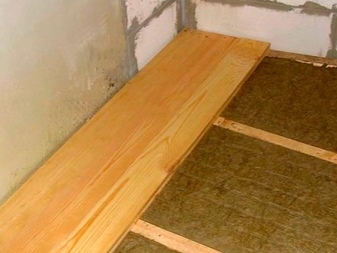

Linoleum
Suitable in the case when the leveling of the rough base of the loggia is performed using plywood. This is one of the most budgetary options for finishing the floor on the loggia. The material is relatively inexpensive and has good performance characteristics. The surface is easy to clean and easy to clean, leaving almost no scratches or stains.
Thanks to the variety of colors, you can choose linoleum that imitates parquet, decorated with patterns or geometric shapes.

Laminate
High performance wooden floor. It also fits over a plywood base. Many modern models are equipped with a locking system that simplifies the installation of the laminate and does not require the involvement of professional workers. Laying is done without attachment to the sub-base, so highly specialized tools are not required.
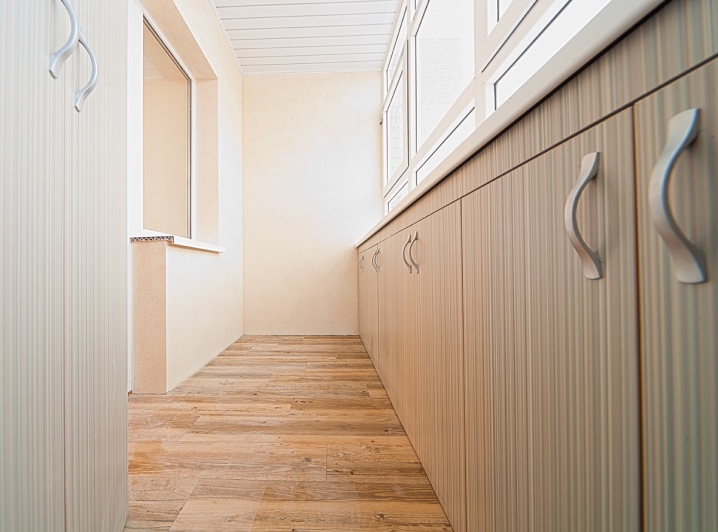
Main steps
The floor is laid in compliance with special rules and requirements. By following them, it will be possible to obtain a durable coating that will not deteriorate over time. The process is divided into several stages.
Not only the laying of materials is required, but also surface preparation.
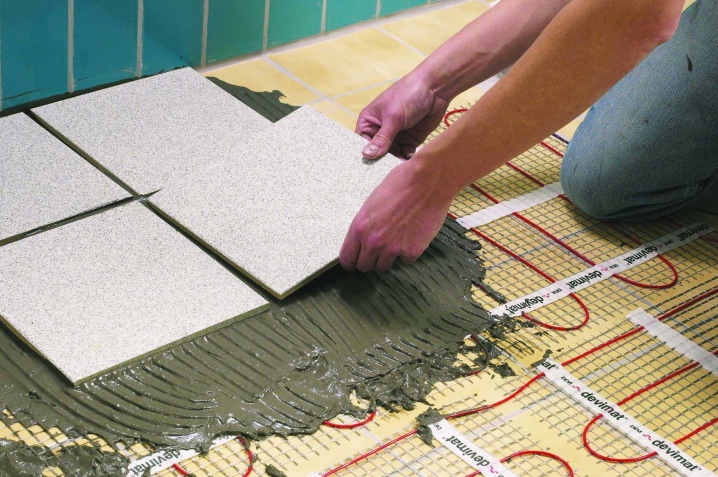
Surface leveling
Old buildings often have uneven surfaces. Before basic work, you need to level the floor. Initially, it is necessary to remove the remnants of old tiles, linoleum or paint, get rid of mold and dampness. Next, seams and crevices are closed up through which precipitation can penetrate, and everything is treated with antifungal drugs. The finish line is the sealing of the balcony and the preparation of the base for the final finish.
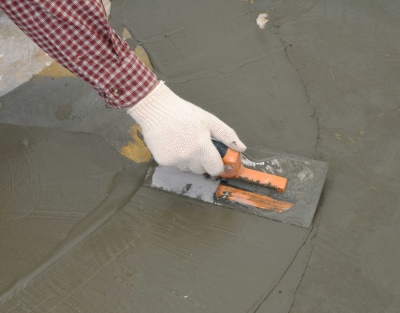
A popular way to level the surface is the installation of lags. These are floor battens used to reinforce the final floor structure. Without them, the flooring will creak and vibrate when walking, it can bend under the weight of furniture.
The functions of the lags include ventilation of the space under the boards to prevent them from rotting.
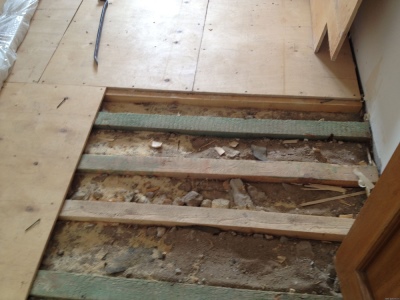
When installing the elements, the height of the threshold, the thickness of the insulation are taken into account. The lattice is located on the concrete slab of the loggia, it is recommended to underlay the film waterproofing. The logs are set across at equal intervals, expanded clay is poured between the bars.
How to make a rough floor, see the following video:
To hide the difference in floor level and cracks, sills are placed along the edges of the balcony.
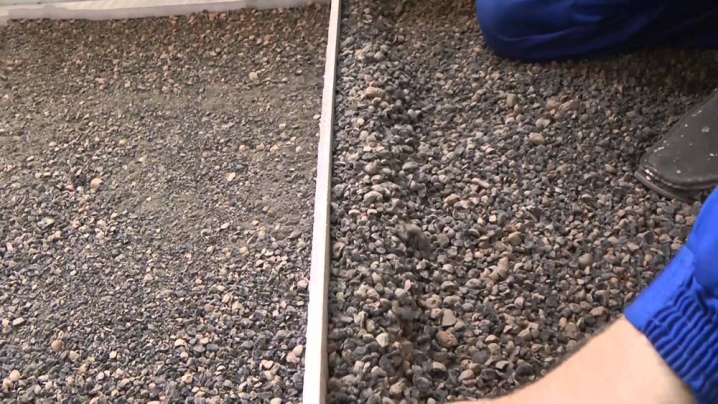
To create a screed, a water-based sand-concrete mixture is prepared. Each manufacturer has its own proportions, and they must be carefully observed. Too rare a solution will crack, and a thick one will be difficult to stack. Good cement resembles mashed potatoes in consistency.
There are three types of screeds:
- Regular. Filled with cement mortar.
- Semi-dry. Sand mixed with cement. A minimum of water is used to prepare the mixture.
- Dry. Installation of gypsum fiber or fiber cement boards. They are laid on the expanded clay surface.
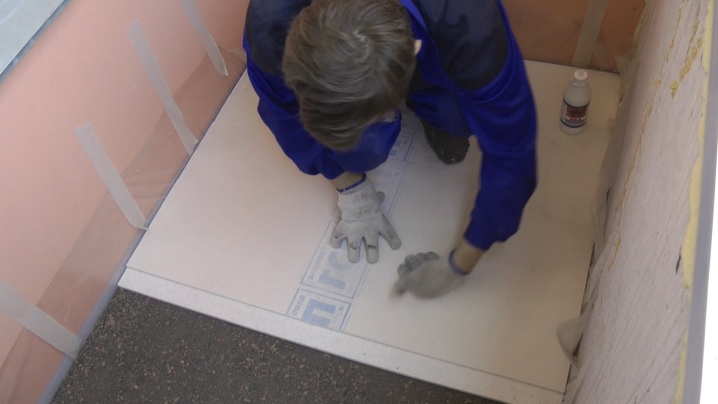
Floor insulation
When it becomes necessary to insulate the floor covering, the surface is initially covered with polystyrene foam, which is placed over the screeds. Then OSB-plates and flooring are placed on the material. A more complex way is the installation of heating elements. They are located on a concrete screed, include electrical elements or pipes.
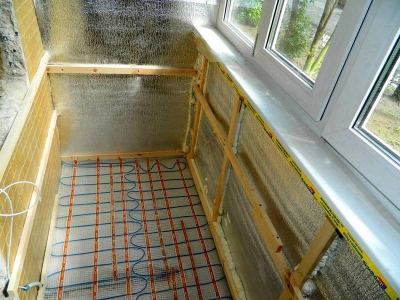
Warming the floor with mineral wool is one of the most common options. The material muffles sound, retains heat, it is environmentally friendly and does not burn, and is quite inexpensive. The ease of installation makes it suitable for home use.
Features of installing mineral wool:
- The panels are stacked as closely as possible to each other.
- When the surface is completely lined, it is covered with a vapor barrier membrane, plastic wrap. Secure the material with staples and a construction stapler.
- Plywood sheets (16-20 mm) are placed on top of the log, a gap of 8-10 mm is left from the side of the walls. The material is fastened with self-tapping screws to the grille guides.
- The remaining gaps are sealed with putty, the surface of the composition is carefully leveled.
- Gaps along the walls are filled with polyurethane foam. When it hardens, it is necessary to cut off the excess to the level of the floor covering.
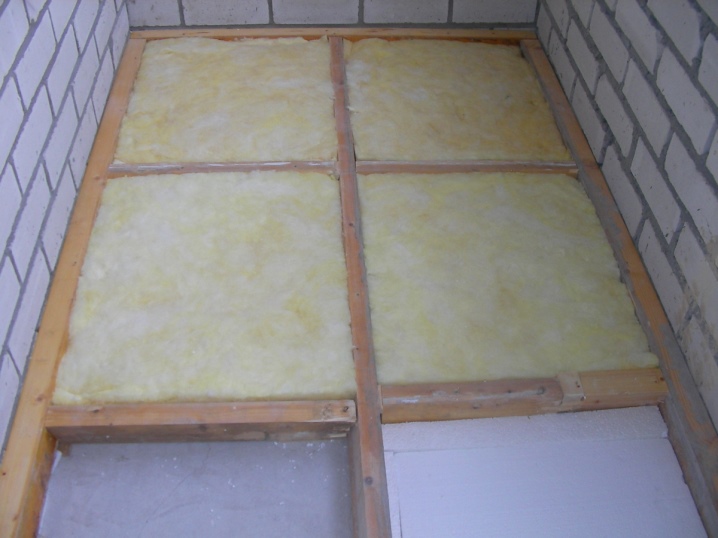
Mineral wool can have a thermo-reflective foil layer, which is placed outward. When the guides on the walls and on the floor match, roll material can be used, which will simultaneously line both surfaces.
Styrofoam is laid in about the same way.
Penofol is mounted directly on the floor surface, protected from the ingress of liquid. When using lags, they are located above the material. The foil layer is located on the upper side, the joints between the layers are sealed with construction tape.
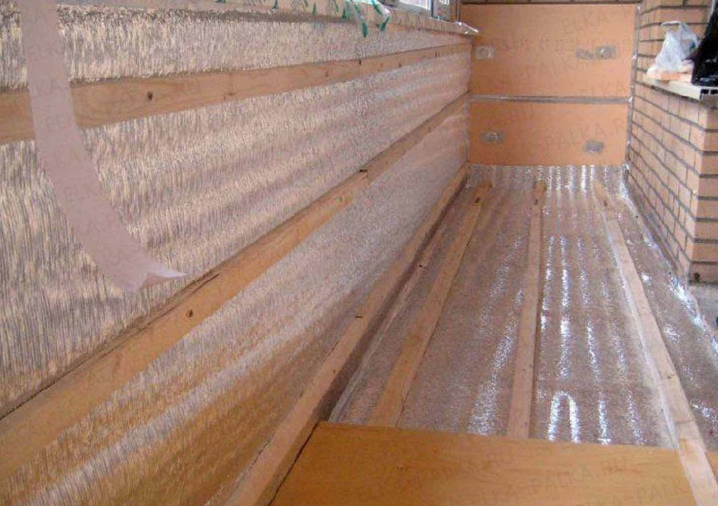
When the loggia is sufficiently well insulated, the flooring can spread directly onto the penofol. Penoplex can also do without lathing (due to its high density). The material is attached to the base using disc dowels, which guarantees the solidity of the surface. Seams can be installed in all weather conditions and temperatures.
Penoplex is resistant to moisture and chemical compounds, it does not burn.
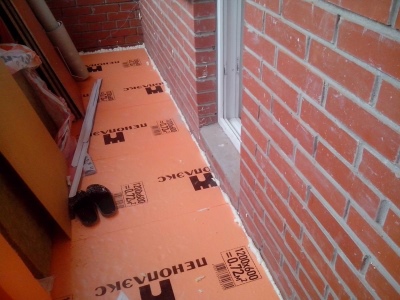
Raising the floor level
Sometimes, when repairing a loggia, you need to raise the floor. At home, this can be done at a distance of 10 to 30 cm - depending on the chosen method. You can increase the width of the coverage by the following methods:
- Wooden logs. They allow you to vary the height by 10, 15 or 20 cm. The design is distinguished by its durability, hydro- and sound insulation.
- Steel structures. Allows you to raise the floor by 20-30 cm. Welding tools are required for installation. A more costly option with increased durability. Tiles, laminate are laid on top of the structure, they are used to insulate floors with carpet.
- Dry screed. The advantage of the method is its ease of use. It is enough to fill in expanded clay and level the crumb. No thermal insulation is required for this method. The filling height is up to 20 cm.
- Sand-cement screed. Suitable only for a loggia, since the material weighs a lot. Used to raise the floor by 8-10 cm.
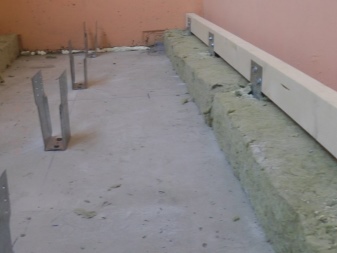
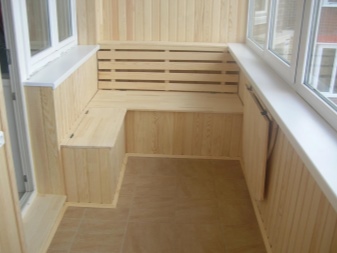
To determine the method, you need to determine the desired floor height and the available budget, find out how much weight the balcony will withstand. Using each of the methods, it is important to purchase materials with a margin, and during installation to avoid cracks. Before installation, it is important to completely clear the balcony of dirt, otherwise the rise will come out uneven.
Selection Tips
When planning repairs on a loggia, you should decide on the purposes of use. You can arrange a gym, a library there, and for someone the room will serve as a storage room. Materials for surface insulation and coating installation should be selected based on this. When purchasing goods, the following criteria are taken into account:
- the design of the loggia and its size;
- type of glazing;
- the degree of insulation;
- estimated temperature;
- the possible amount of costs.
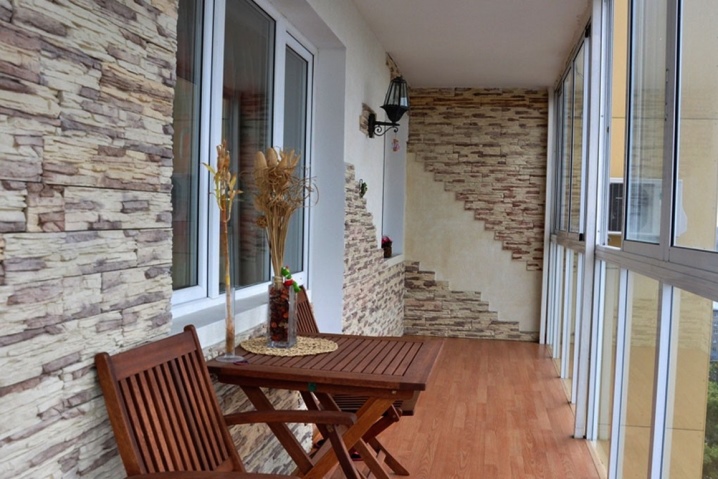
The weight of the flooring is taken into account when a protruding balcony is being repaired. The slabs must be able to withstand the increasing load. When buying, they prefer durable, moisture-resistant materials that will not crack over time and will not start to move away.
It is also necessary to take into account the type of premises. For open loggias, it is recommended to use materials that are resistant to changeable weather conditions, temperature extremes, and high humidity. Expanded clay, tiles, ceramics, natural or artificial stone are suitable. A self-leveling floor will also be appropriate.
And the use of linoleum or carpet is meaningless, since they will not withstand heavy rainfall.
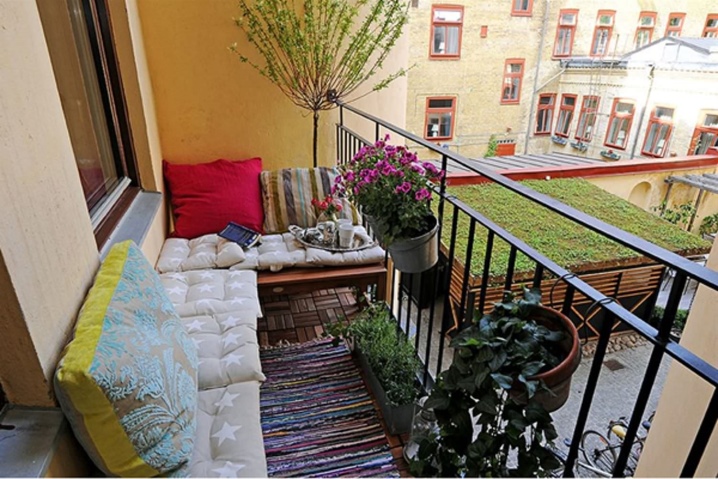
For the installation of glazed loggias, any floor coverings are suitable. They use laminate, lining, thick linoleum. Ceramic tiles will be good if you plan to make a heated surface. Usually, when repairing, the compatibility of materials with "warm floor" systems is taken into account.
Loggia design is another criterion taken into account. The flooring is chosen taking into account the color of the walls, furniture and decorative elements. You can use similar shades or use contrasting colors as the basis of the interior.
Light pastel colors will visually enlarge a small room, while rich and bright colors will give the interior conceptuality.
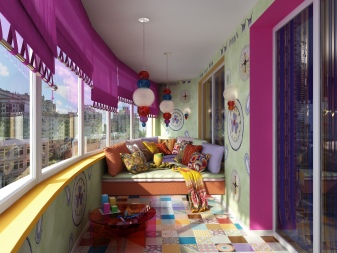
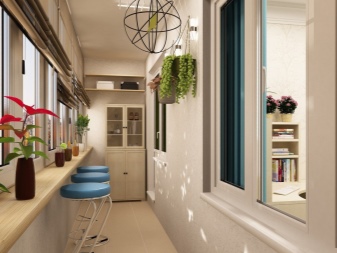
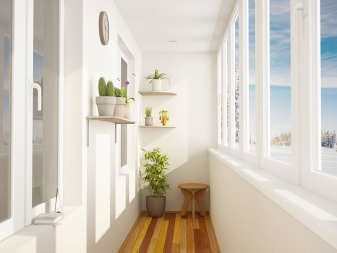
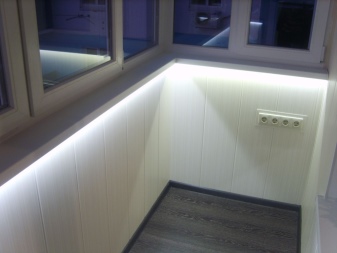
Manufacturers offer a wide selection of artificial materials that imitate natural coatings: stone, metals. Today you can buy linoleum or laminate flooring at a low price, which cannot be distinguished at first glance from marble or mahogany. At the same time, building materials have excellent performance characteristics.













The comment was sent successfully.